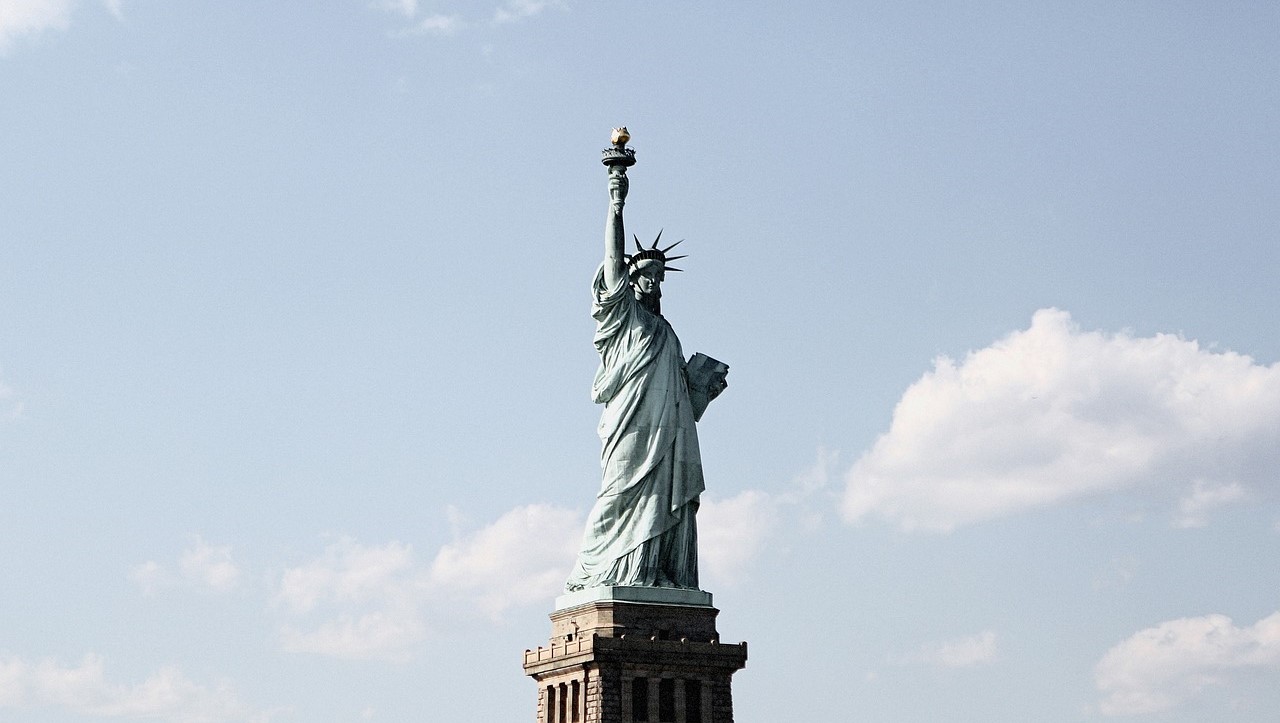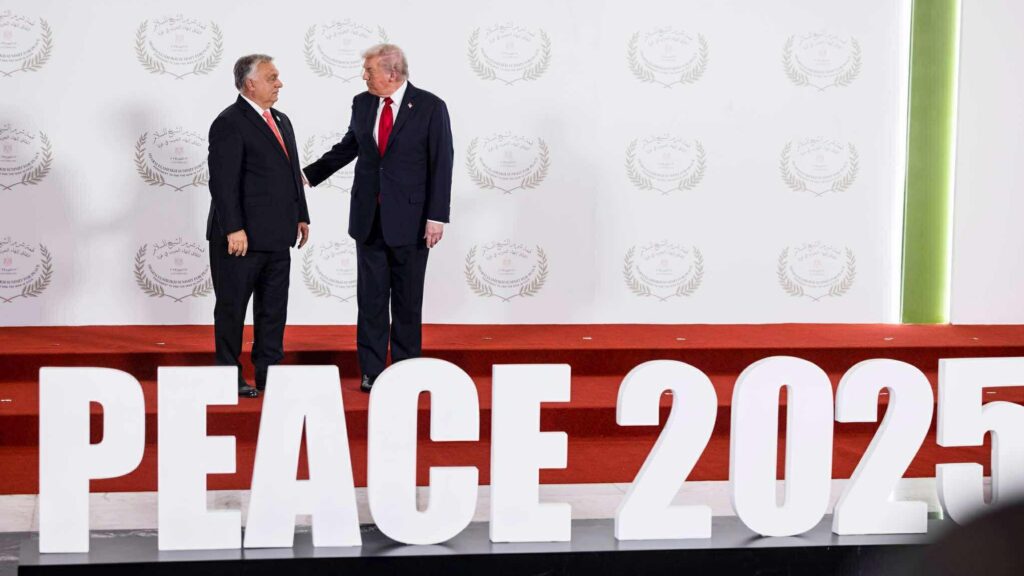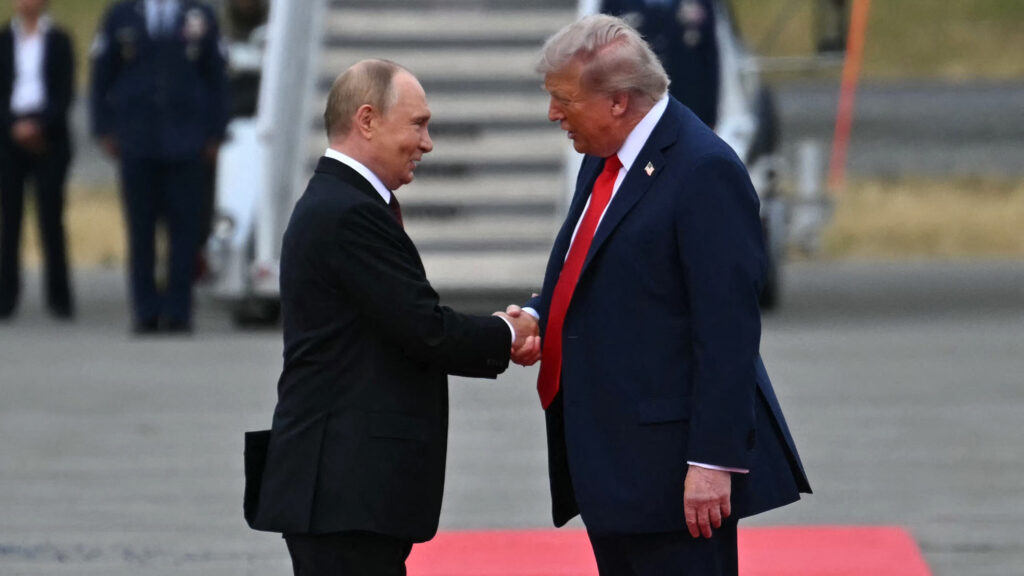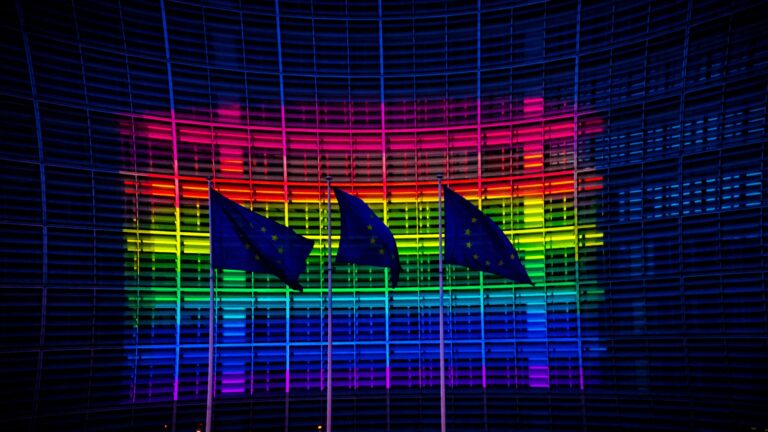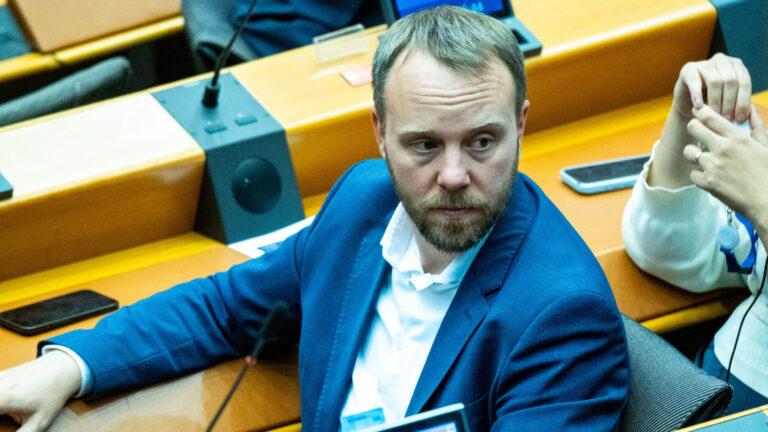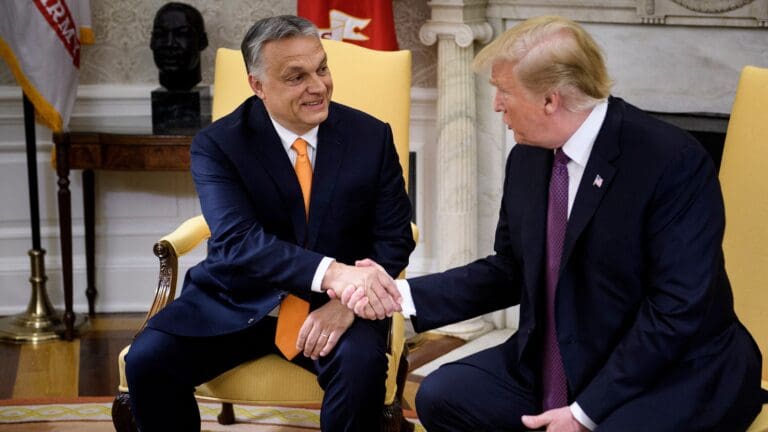‘Disorder and meaninglessness are the mother of order and meaning. Order and meaning are things that have become and are no longer becoming.’
(Carl Jung)
According to the Chinese zodiac, 2025 is the year of the snake, which symbolizes change and transformation, both at a personal level and in the world writ large. It thus may not be a coincidence that Donald Trump, who campaigned on a promise to bring about drastic changes in Washington at every level, commenced his second term as President of the United States in this epochal year. The last few weeks have served only to affirm this symbolic connection, as the policies pursued by the Trump administration accelerate tectonic shifts already underway in the realm of geopolitics.
Most significant, perhaps (if the amount of media attention is any indicator), has been President Trump’s concerted effort (together with Elon Musk and DOGE) to dismantle USAID, the agency responsible for providing international development aid and humanitarian assistance. Trump’s reasoning is simple enough. He argues that continued support for questionable international development schemes is a poor use of taxpayer funds in a time of skyrocketing national debt and domestic economic woes. More damning, perhaps, is the mounting evidence that USAID is something more than a benevolent aid organization. From Eastern Europe to Latin America, there is reason to believe that USAID has played a role far beyond its official mandate in fomenting unrest in foreign countries with the aim of advancing U.S. interests abroad.
Of course, none of these criticisms are new. Academics, policymakers, and journalists from across the political spectrum have levied criticisms against USAID for years. Nevertheless, the decision to halt nearly all USAID activities both at home and abroad was immediately met with a chorus of condemnation and outrage from critics, the majority of whom argue that dismantling the organization will cause great harm to the millions of people worldwide who have come to depend on its programs and funding. Those with an eye for matters of realpolitik have also pointed out that nature abhors a vacuum—with the sudden rollback of USAID programs across the globe, a door has been left open for China.
Before the dust had even begun to settle on the question of the future of USAID (and we can expect numerous legal and political challenges on that front in the coming weeks), Trump again sent shockwaves through the foreign policy establishment when he appeared to signal a reversal of some 30 years of U.S. policy vis-à-vis Russia. ‘The time has come for our countries to work together,’ Trump announced after a lengthy phone call with Vladimir Putin that marked the beginning of negotiations to bring an end to the Russia–Ukraine war. Again, the condemnation from Trump’s critics, who have deemed his conciliatory tone towards Putin an out-and-out betrayal of the Transatlantic partnership (including NATO), was swift. These tensions were brought into sharp relief at the Munich Security Conference, where a critical speech delivered by Vice President J.D. Vance seemed to point to a widening rift between the U.S. and Europe over fundamental values.
Whatever the arguments for and against the recent decisions of the Trump administration (and they are anything but black and white), the visceral reactions of the critical voices point to a deeper unease about the changing U.S. role in the world. The triumph of an ‘America first’ agenda indicates that the U.S. is no longer interested in playing the part of the ‘indispensable nation’—the exceptional force in history committed to transforming the world in its image. Indeed, as the prospect of great power conflict once again takes center stage in the international arena, the U.S. is seemingly content to be just that—another great power that pursues its own parochial interests in an anarchic world prone to conflict and rupture.
‘Since the end of the Second World War, we have been trying to construct a modern version of Babel’
Naturally, such a dramatic paradigm shift casts a long shadow over the future of the U.S.-led liberal international order. Since their founding in 1949 and 1961, NATO and USAID, respectively, both propped up by the American taxpayer, have been symbols of the vitality of this order. Doubts about one are thus inevitably tied up with doubts about the other. But the fractures and fault lines in the liberal order have been visible for some time, at least for those who have been paying attention. Russia’s invasion of Ukraine in 2022 was a decisive turning point for many. Even before that, however, there were significant signs that something was amiss, from the debacle in Afghanistan in 2021 to Brexit several years earlier.
In this sense, what some have described as sheer nihilism on the part of the Trump administration fits into a wider pattern. Since the end of the Second World War, we have been trying to construct a modern version of Babel—a fully integrated, globalized world that transcends traditional political categories. Following the end of the Cold War, this project of order-building gave rise to what now seems a naive optimism concerning the so-called ‘End of History’, where many supposed that a universalized form of Western-style liberal democracy would emerge as the final form of human government. As the political scientist Francis Fukuyama memorably described it in his eponymous book, the ‘worldwide ideological struggle that called forth daring, courage, imagination, and idealism’ during the Cold War would give way to a world characterized by ‘economic calculation, the endless solving of technical problems, environmental concerns, and the satisfaction of sophisticated consumer demands’. While the merits of such optimism may have been debatable from the start, one does not have to be a political scientist or international relations expert to recognize that, today, the world is not tending towards unity but an almost schizophrenic form of fragmentation. Globalization and the relentless pace of technological innovation continue to break down barriers in space and time. But history, which these forces were supposed to contain, has returned with a vengeance.
‘History can more accurately be understood as a recurring cycle of order and disorder’
We should also not be surprised that President Trump’s contributions to this entropic process have been condemned in the harshest of tones. As the French political philosopher Chantal Delsol has observed, the desire for unity, which stems from a legitimate political ideal, always reaches its zenith when efforts at separation and dislocation emerge. At the same time, this trend towards fragmentation is permeated by a sense of inevitability. Despite our modern preoccupation with progress, history can more accurately be understood as a recurring cycle of order and disorder, of relative stability, followed by descents into anarchy. Maintaining a robust order requires a strong, hegemonic power committed to reinforcing it over the long term. Yet the universal dominion of such power always encourages the rise of dissident energies, whether from within the hegemon itself or outside it. There is thus good reason to question whether reversing Trump’s policies would have any significant effect in the grand scheme of things. As noted, the cracks in the edifice of the liberal international order have been spreading for at least a decade, if not longer. Putting the brakes on Trump’s ‘America First’ agenda, whether through political protests or court orders, may only delay the inevitable. If the disruption does not come from him, it could just as easily come from elsewhere and in a far more destructive form.
Another option, which will likely appeal to stoic (or perhaps just more daring) souls, is to embrace the prospect of change, or at least to wait and see what might come of the ‘adventure of disorder’ (to quote Delsol again) that is once again calling to us. There should be no deceiving ourselves that an element of danger is involved here. Every lapse into disorder carries inherent risks. Paradoxical as it may seem, however, a world of perfect, unchanging order (Kant’s idea of a ‘perpetual peace’ comes to mind) would also be a somewhat inhuman world, static and devoid of life. As Nietzsche tells us: ‘The snake that cannot shed its skin perishes.’ This timeless truth is now demanding to be remembered. The vision of order that has served our ends for the better part of a century is ripe for change. We can either resist this, which leads to the tyranny that accompanies all forms of stasis or allow history to reassert itself.
As the title of this piece suggests, the chaos of the present moment often invites criticisms of the millenarian optimism associated with Francis Fukuyama’s ‘End of History’ thesis. However, many of Fukuyama’s readers have often overlooked the somewhat pessimistic subtext running through this work. While Fukuyama justifiably welcomed the triumph of Liberalism over its competitors (Fascism after World War II and Communism after the Cold War), he also displayed a marked ambivalence toward the prospect of post-history that this triumph seemed to anticipate. ‘In the post-historical period,’ he wrote, ‘there will be neither art nor philosophy, just the perpetual care-taking of the museum of human history.’ In other words, the end of history, with its ‘endless solving of technical problems and satisfaction of sophisticated consumer demands’, turns out to be a boring form of dystopia.
In another oft-overlooked passage, Fukuyama observed that ‘perhaps this very prospect of centuries of boredom at the end of history will serve to get history started once again.’ It seems he was right after all, just not in the way that he, or many others at the time, imagined.

